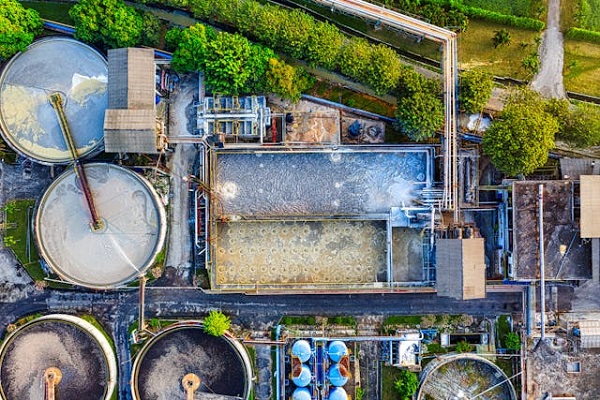India is home to a variety of crops, thanks to its vast diversity in agro-climatic conditions. With myriad opportunities to gain profit from selling agricultural produce, farmers are aiming to increase the annual crop production by growing all kinds of seasonal crops and indulging in food processing activities. This means they have a small window period to get rid of any agricultural by-product, or waste.
So, in the absence of incentives and options, most farmers choose to dispose ‘waste’ through certain means that yield no benefit to society. Agricultural waste and their by-products, for instance, including banana stem, fruit peel, husk, fibre, etc., are carelessly dumped into landfills, despite their great utility, or usability — primarily because their true economic value is not fully recognised. It is also a common practice among farmers to burn agricultural residue to ‘clear’ them — the only silver-lining keyed to a few exceptions where agricultural waste is being utilised for producing bio-compost, biochar and biofuels, albeit on a small scale.
However, the uptake of such activities is minuscule in comparison to the bulk of agricultural waste generated. There is an urgent need to incentivise practical opportunities and promote the belief that nothing in agriculture is ‘waste.’ With growing support for this movement, research today is more than keyed to explore the potential of agricultural waste — viz., bioadsorbents, biochar, biofuels and bioplastics, which are otherwise conventionally produced by cultivating algal biomass.
From Waste To Bioadsorbent
The current focus as regards economics and/or the simplest application of agricultural waste is aimed at utilising them as bioadsorbents. With increasing environmental consciousness in society and stricter regulations on permissible limits of heavy metals discharged with the industrial effluents, they are now being enforced on a large scale. It is advocated that once heavy metals are adsorbed, they should be completely restored before they can pose any threat to the environment.
With the rising urgency to address the dual challenge of resource recovery and safe disposal, the demand for bioadsorbents with the innate provision of recovering heavy metals is at its acme. In addition to the environmental aspect, yet another tempting reason for resource recovery is that retrieved metals can be utilised as raw materials in the manufacturing processes of various industries — this could also potentially prevent further exploitation of the already-scarce resource — viz., metal ores from the earth’s crust.
Drawback
The existing techniques involved in the recovery of heavy metals, such as electrofloatation, electrokinetic coagulation and oxidation methods have several drawbacks. They have particularly high reagent and energy requirements and they also generate highly toxic sludge among other waste products. As an exception, activated charcoal is an efficient man-made adsorbent. However, it is expensive to utilise on a large scale.
Optimal Application
The use of agricultural waste as bioadsorbents is logically and economically feasible because of its suitable properties and cost-effective nature.
Agricultural wastes are rich in hydrocarbons, such as lignin, cellulose, hemicellulose and lipids; they also contain a variety of functional groups, like acetamido, carbonyl, carboxyl, alcohols and esters having affinity towards complexation with metals.
The presence of these functional groups allows bioadsorbents [from agricultural sources] to bind non-selectively with a variety of inorganic heavy metals through physical and chemical interactions with cell wall ligands and also adsorption by ion exchange, complexation, co-ordination, chelation and microprecipitation.
Advantages
The methods involved in the usage of bioadsorbents from agricultural sources require negligible energy input, low labour and investment in terms of capital. Furthermore, they are biodegradable; they can be recycled and reused under a definite period of time. What’s more, they are highly effective when compared with man-made adsorbents and chemicals.
The only downside is that the existing regenerating agents used in the process of resource recovery are limited in their effectiveness — as they usually work for just one type of bioadsorbent, and not for the other.
There’s a way out — this is primarily because of the current need and obtainability to developing a universal eluent for a multitude of bioadsorbents. This will not only reduce secondary pollution by adsorbing metals, but it will also help recycle and reuse them as raw materials in the manufacturing sector. This bids fair, no less, to the ‘green’ clarion call to uphold and promote a host of novel practices of circular economy, and zero-waste generation, in a concerted, full-fledged manner.

